Frequent lagging in new energy vehicle infotainment systems? Can component upgrades deliver smoother interaction? As the “nerve centre” of the driving experience, the responsiveness of new energy vehicle infotainment systems directly impacts user satisfaction and road safety.
Numerous owners report that over time, infotainment systems increasingly suffer from lag, delays, or even complete crashes – particularly during navigation, voice interaction, or multitasking. This pain point stems from both hardware performance limitations and inadequate software optimisation. Targeted hardware upgrades may significantly improve interaction fluidity.
The core contradiction behind infotainment system lag often stems from an imbalance between hardware processing power and software demands. Early smart infotainment systems predominantly utilised mid-to-low-end chips, whose processing capabilities struggled to support high-resolution displays, complex 3D map rendering, and the parallel operation of multiple applications. The ageing of storage media further exacerbates this issue; traditional mechanical hard drives or low-speed flash memory experience reduced data read speeds after prolonged read/write cycles, further slowing system performance.
Hardware bottlenecks can be addressed through component upgrades. New-generation infotainment systems now incorporate high-performance automotive-grade chips, delivering substantially enhanced computational power to effortlessly handle multitasking scenarios. The widespread adoption of solid-state drives (SSDs) significantly accelerates system boot times and application loading speeds, maintaining stable data throughput even during prolonged use.
Certain retrofit solutions also support memory expansion, alleviating multitasking pressure by increasing operational RAM and preventing frequent stuttering caused by insufficient memory. These hardware upgrades act as a ‘boost’ for infotainment systems, fundamentally raising their performance ceiling.
Software optimisation remains equally crucial. The operating systems of smart infotainment systems require deep customisation for automotive scenarios, optimising resource allocation strategies. By dynamically allocating computational resources, core functions like navigation and voice control are prioritised for smooth operation, while non-essential background applications are temporarily scaled back.
Frequent lag in new energy vehicle infotainment systems? Can component upgrades deliver smoother interaction? Enhancing system fluidity requires coordinated evolution of both hardware and software. The adoption of modular design principles may soon make hardware upgrades as straightforward as swapping out a mobile phone. Users could achieve significant performance leaps by replacing key components without needing a complete system overhaul.

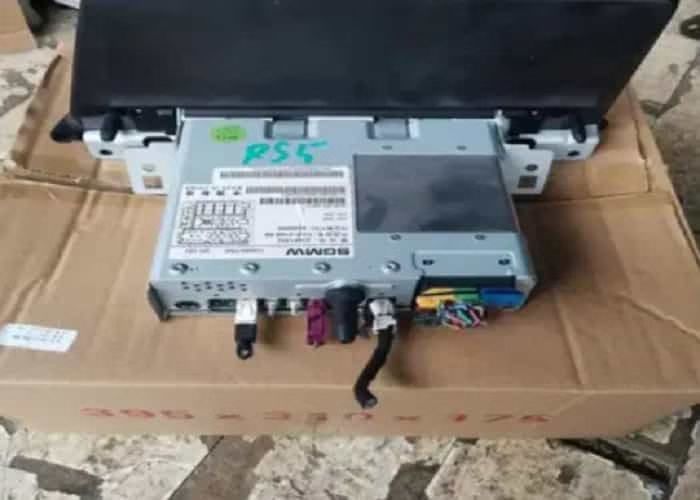
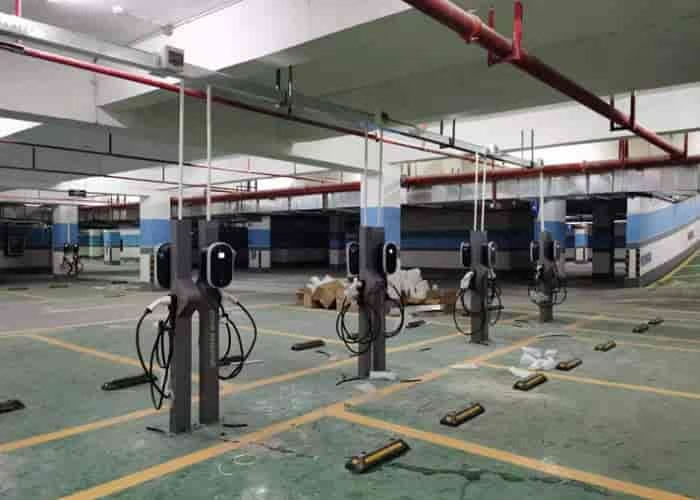

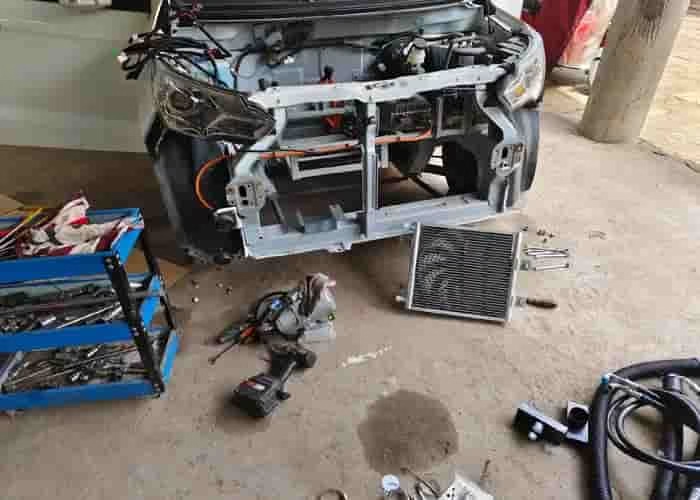
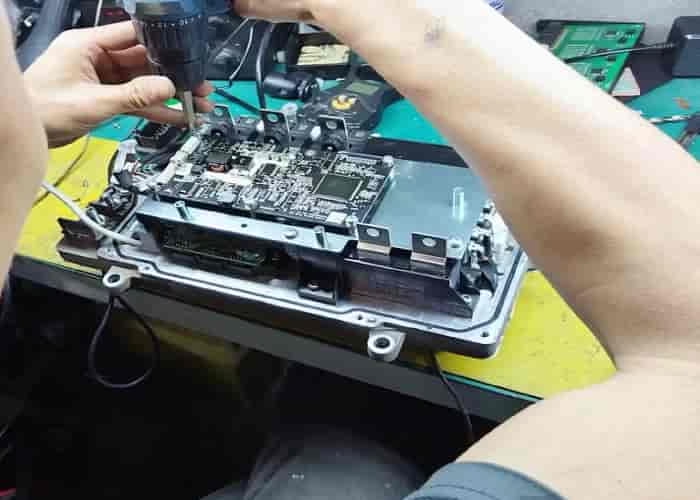

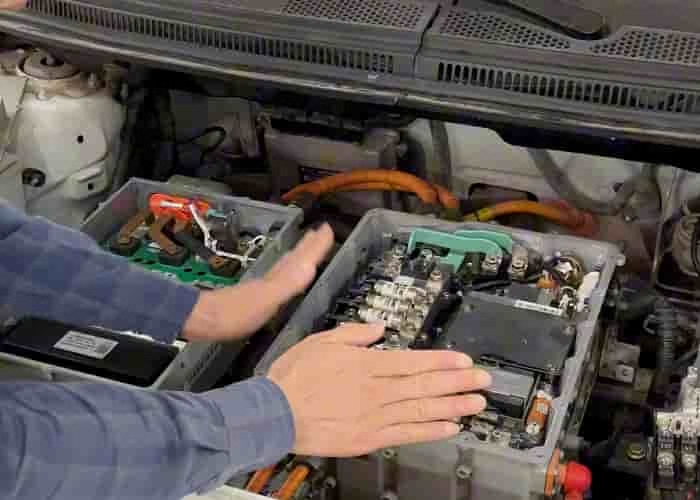
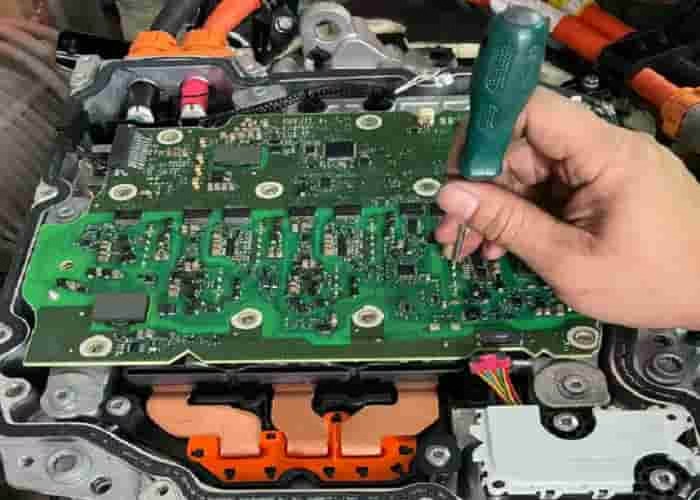

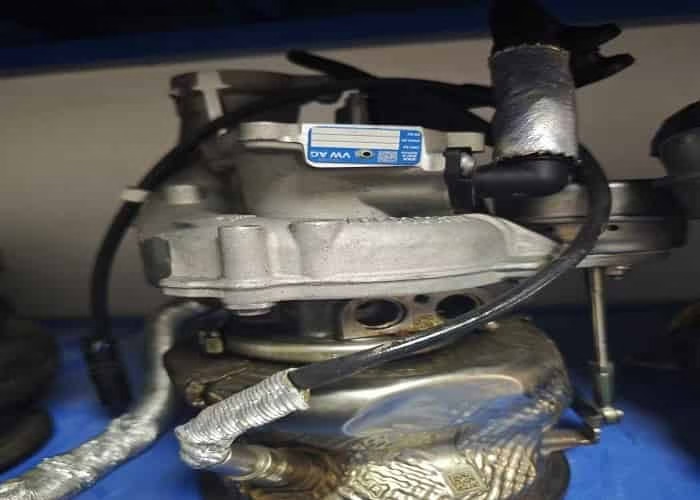





Leave a Reply